The antiquity of dance in India is well known but its precise characteristics are not. What, exactly, constituted dancing? How was it distinguished from other performing arts? These and other fundamental questions about the nature of dancing can best be answered by delving into the rich corpus of extant Sanskrit treatises on dancing, which extend over two thousand years. Of all sources of the history of dancing, these works remain the most eloquent witness, for they record not only the precepts of the art but also the details of its practice. The present book reconstructs the evolving discourse on dancing in India by making an exhaustive comparative study, the first of its kind, of all available Sanskrit works. The author traces the growth of the techniques and forms of dancing and shows how the central tradition of the art, and also the oldest, expanded by contact with peripheral regional styles, including foreign ones, and eventually merged with them into a synthesis that forms the basis of present-day classical dances of India. Mandakranta Bose’s research in the Sanskritic tradition of Indian dance and drama has led her to view these arts equally in their historical, theoretical and performance aspects.
The Ramayana in Bengali Folk Paintings
$31.50
$35.00

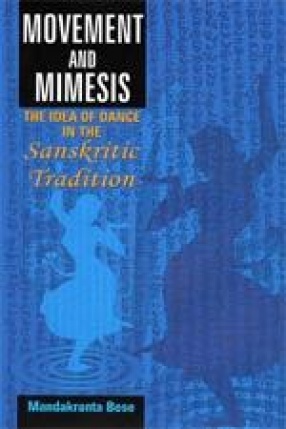
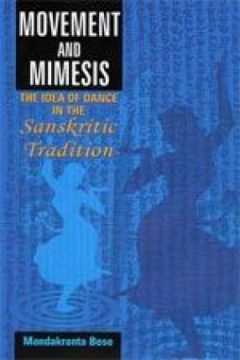
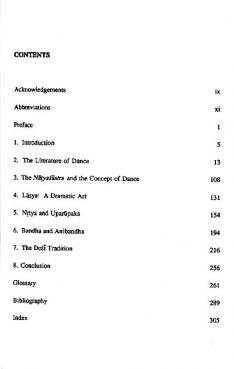
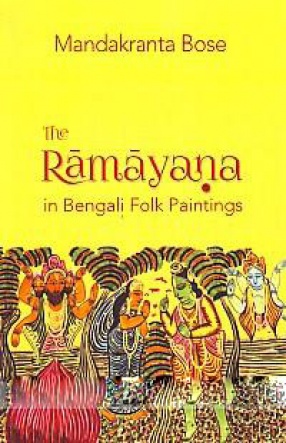
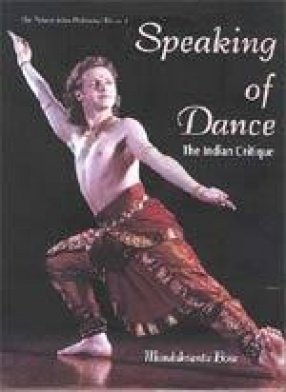
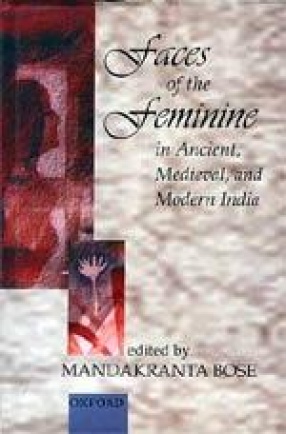
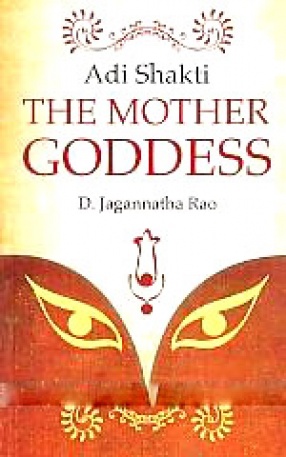
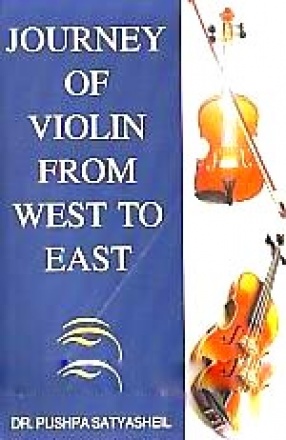

There are no reviews yet.